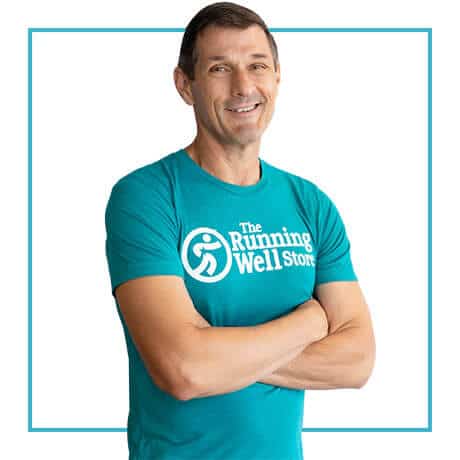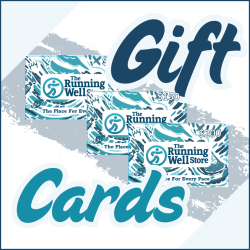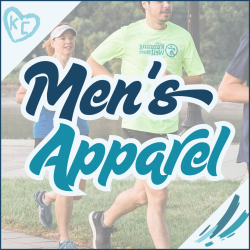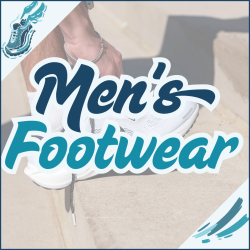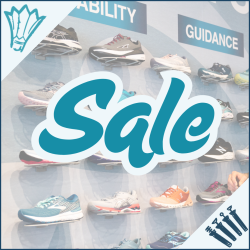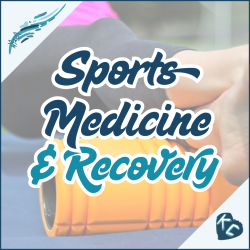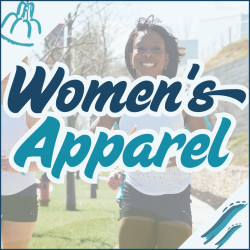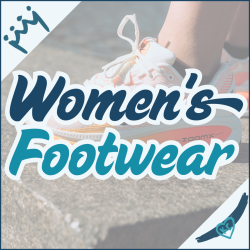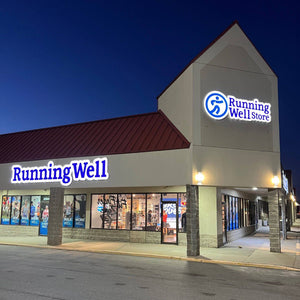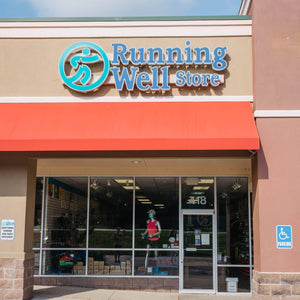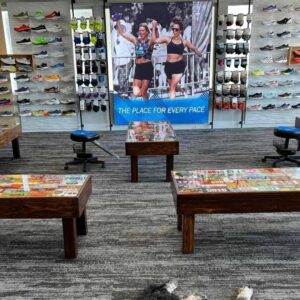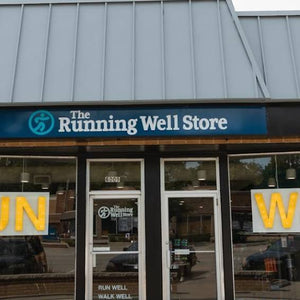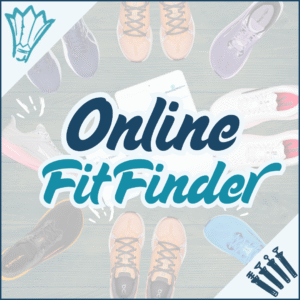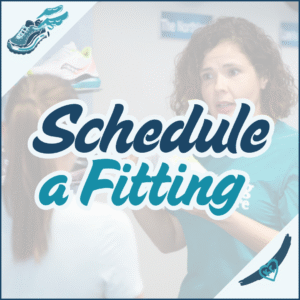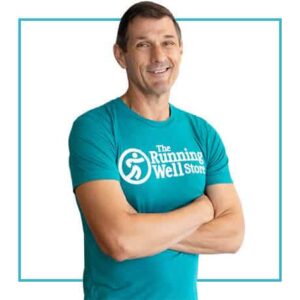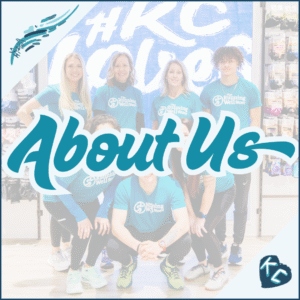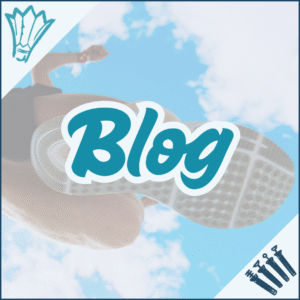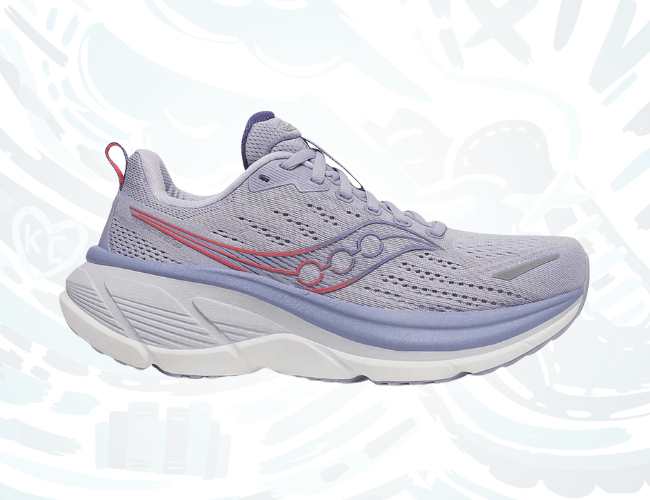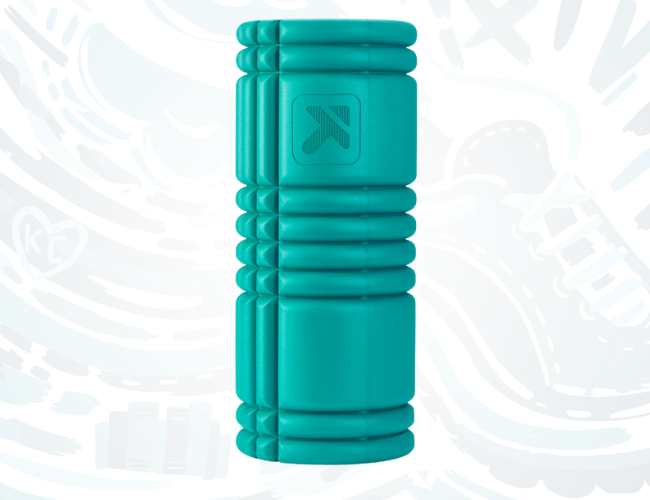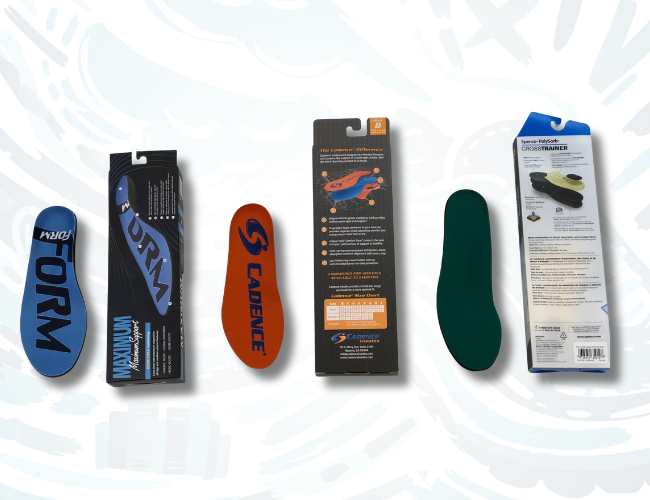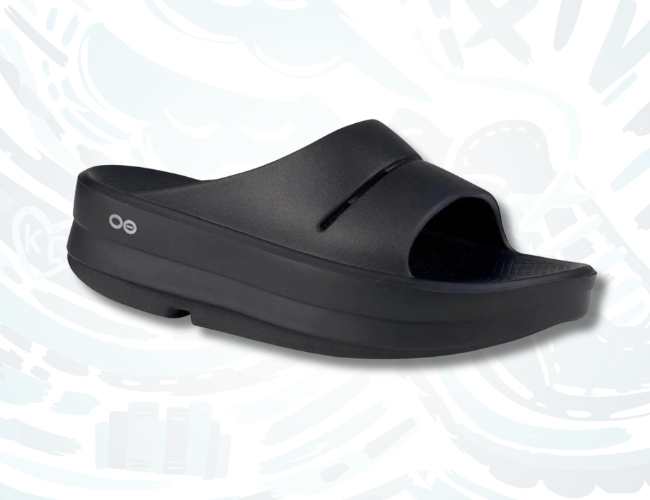Flat Feet Support in KC
Flat Feet But High Help
Fallen Arches or Flat Feet
Ever feel like you're caving in on your shoes? Do you struggle with feeling like your shoes never seem to last very long and you're constantly getting pain on the inside of your sole? Then you very well could be dealing with having flat feet, also known as Fallen Arches.
Flat Feet or Fallen Arches is common and typically a painless condition. Flat Feet is most commonly due to an abnormality present since birth.
However, it can also be caused from broken bones, stretched and/or torn ligaments. For the individuals who experience discomfort from Flat Feet, there are plenty of options to keep you on your (supported) feet!


About Flat Feet
Flat Feet, or Fallen Arches, can be identified when the arch on the inside of the foot is flattened and the soles of your feet touch the floor as you walk or stand up. There are a couple of factors that can contribute to flat feet including injury such as wear and tear from age and the arches not developing during childhood. Having flat feet can sometimes be a domino effect of pain or tension with knee, hip, back, and other areas of the body.
How it happens:
The most common causes of Flat Feet are:
- Abnormality that has been present since birth
- Broken Bones
- Stretched or torn tendons
Not sure if you have flat feet or not? These easy steps are a good indicator:
- Get your feet wet
- Stand on a flat surface that will highlight your footprint
- Step away and look at the prints. A flat foot will have a complete imprint all the way through your foot. A normal arch will get a little thinner in the midfoot.
If you have flat feet and have no pain, or joint soreness, then there is nothing you need to do. However, if you have pain due to flat feet then you should be wary of excessive amounts of activity without proper footwear or insoles. Not being protected can lead to heel or arch pain and sometimes even swelling along the inside of the ankle.


How We Help
At The Running Well Store we see plenty of runners, walkers and individuals who work on their feet all day needing good shoes to help with their flat feet!
The first thing we do when someone sees us with this condition is to check their shoes. Since clients with Flat Feet or Fallen Arches have a different structure to them, shoes you
find at the local mall most likely will not cut it when it comes to support. Shoes that will most likely work best would be ones that support the foot. Traditionally, the support mechanism was through “medial posting” but all high-end support shoes will guide and support the foot. Additionally, quality support shoes have cushioning in the midsole area that is designed to bring the foot to neutral alignment. Shoe manufacturers categorize the shoes with medial posting to a group called "stability". If you have Flat Feet and try a quality athletic shoe fitted by the GURUs at The Running Well Store, there is no going back.
We are also aware that you cannot wear your supportive tennis shoes everything you go to. There are instances and business professional meetings that would require and individual to either wear boots, dress shoes, casual shoes, etc. I
In this case, orthotic devices should be implemented. We offer several, full, orthotics that fit comfortably and structured inside whatever shoes you want to place them in. Orthotics offer the support that would be nonexistent otherwise. When purchasing orthotics, make sure to bring in the shoes that you want to wear them with and try them on with them.
There is a consistent trend with all our recommendations for injury prevention and correction – stretch and strengthen! There have been cases where people who have Flat Feet suffer from also having a shortened Achilles tendon. To relieve some pain and discomfort from issues with Flat Feet, stretching areas like the Achilles, calves, hamstrings, etc are going to be beneficial to your overall wellbeing.
If you are having constant (chronic) pain due to having Flat Feet, then going to see a physical therapist may be in your future! There is a high probability that your Flat Feet are causing other issues throughout your body, in this case, a physical therapist would be able to help with some of those issues. They would be able to provide stretches, strengthening, and recovery options in order to make yourself feel like you again.
Advice from Dr. Pete Casey
Poor ankle mobility, over-stabilized footwear (like wearing stability shoes plus an insert), decreasing the heel-drop on your running shoe too rapidly, and a “bouncy” running technique are hidden but preventable ways to overload the Achilles tendon and develop tendinitis. Stretching and foam rolling the calves is a good place to start if you are developing a sore Achilles tendon.
Dr. Pete Casey, Rehab Chiropractor
NXT Rehab & Wellness

Not sure where to start?
The road to recovery is best run cautiously and patiently.
If you live in the Kansas City area, have Achilles Tendinitis, and are seeking premium products to help find relief from your pain, The Running Well Store can help. Schedule a fitting online or simply give your nearest location a call and we’ll provide personalized recommendations to get you back to your fitness goals.











